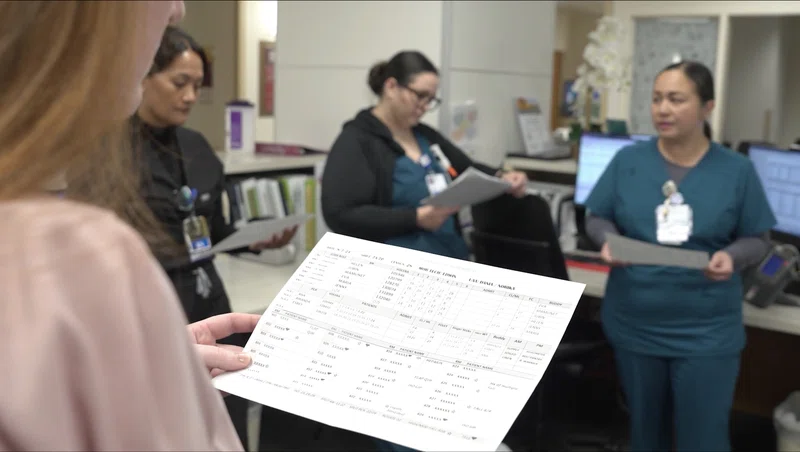© 2024. Houston Methodist, Houston, TX. All rights reserved.


In this
issue

WELCOME
NURSING SCIENCE

Elevator Pitch

Interventions to Improve Communication at Hospital Discharge and Rates of Readmission: A Systematic Review and Meta-Analysis
EDUCATION

Utilizing Technological Devices in Nursing Communication: Best Practices and Pitfalls

Intentional Conversations: Best Practice Strategies
PRACTICE

Engaging with Patients in Their Care Plan While Using the Narration of Care Principles

Innovations in Hand-off Report Communications
PROFESSIONAL DEVELOPMENT
MAGNET
FROM OUR TEAMS

ABOUT DISCOVERN
NURSING SCIENCE
Elevator Pitch
By Carliss Ramos, DNP, RN, EBP-C, CPHQ
By Carliss Ramos, DNP, RN, EBP-C, CPHQ

Research has found that face-to-face communication is more effective than emails (Bohns, 2017) because it allows for nonverbal cues to be conveyed. Nurses are advocates for patients and the profession and are an integral part of interdisciplinary collaboration. As advocates, it is essential to communicate professionally. You must be prepared to communicate face-to-face as opportunities to advocate can present themselves at any time.
An elevator pitch is one example of this type of communication. It is a brief, 60-second speech that allows quick and effective communication to engage, persuade and communicate professionally (Yonkaitis, 2021). It aims to link two people and must be impactful and deliberate. Elevator pitches were often used to sell yourself to a potential boss, but nurses use them to advocate for a cause. The key to a successful elevator pitch is preparation.
According to the American Nurse Journal (2021), a successful elevator pitch should have four sections: introduction, problem, solution, and ask.
Elevator Pitch Example: - Introduction (10 seconds): Start with who you are and where you are from.
- Problem (15 seconds): Describe the problem in three main points: who is impacted by it, and the impact of the problem.
- Solution (25 seconds): This section should be the longest. Share the possible solution and how that solution may solve the problem.
- Ask (10 seconds): Ask what you need to move the solution forward and leave time to request a follow-up meeting.
10 seconds
Introduction
Good morning. As you know, I am active in our unit's shared governance quality committee.
15 seconds
Problem
During our last meeting, we noticed that our unit's timeliness for antibiotic administration could use some work. We talked about some of the barriers that are causing this.
25 seconds
Solution
From this discussion, it was quickly identified that there are about four categories that the unit can change.
10 seconds
Ask
Can I find time on your calendar to discuss this further?
References:









